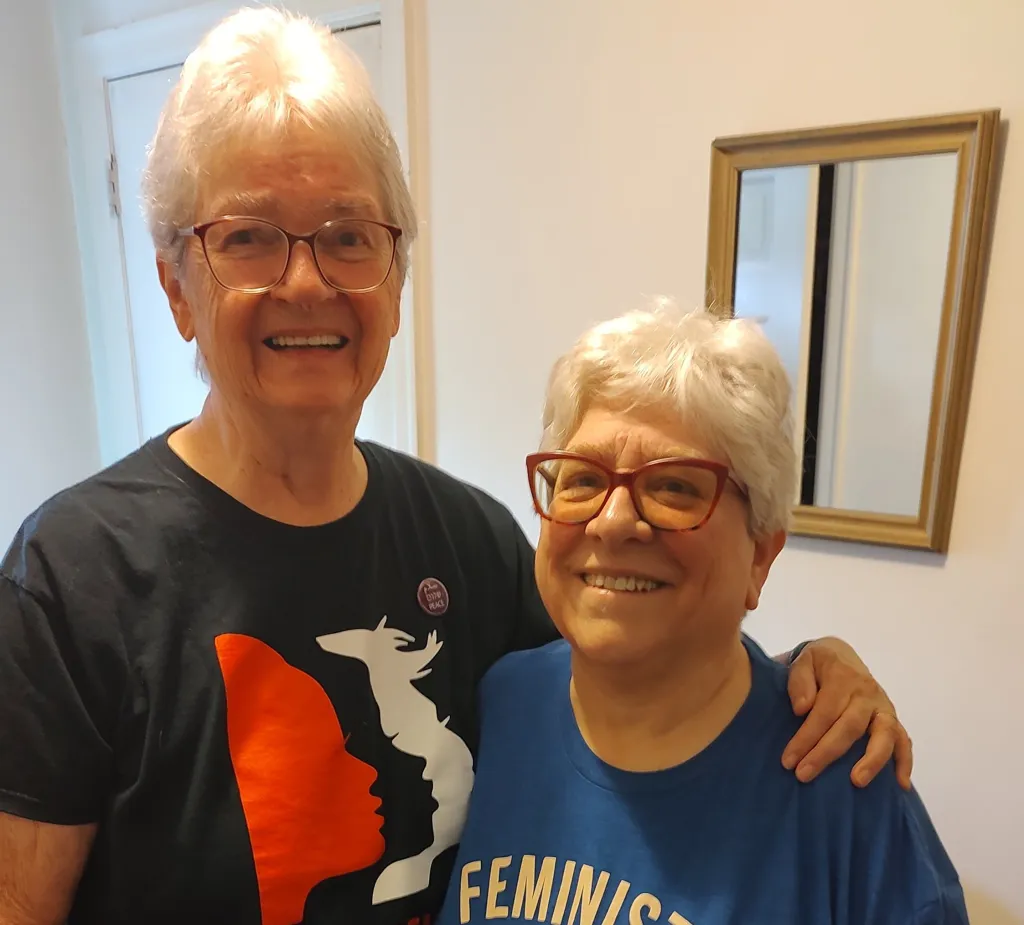Copyright WDIV ClickOnDetroit

As November begins, health organizations, patient advocates, and medical professionals across the country are joining forces to observe Stomach Cancer Awareness Month. This annual observance is dedicated to shedding light on a disease that is often misdiagnosed or caught too late, emphasizing the critical need for increased public education, research funding, and proactive screening. Although stomach cancer, formally known as gastric cancer, rates have significantly decreased over the years in the US, it is the fifth most common cancer worldwide and the third deadliest. While incidence rates have declined in some populations, the disease remains a significant public health threat, particularly concerning is the rise in diagnoses among younger Americans. Stages of Stomach Cancer Stomach cancer occurs when abnormal cells in the stomach grow uncontrollably, forming a tumor. Most stomach cancers begin in the innermost lining of the stomach, called the mucosa, and can gradually spread through the other layers of the stomach wall and to nearby organs. The most common type is adenocarcinoma, which develops from the glandular cells that produce mucus and digestive juices. It is classified into five main stages, from stage 0 to stage IV, depending on how far the cancer has spread. Understanding these stages helps guide treatment and gives patients a clearer picture of their diagnosis. Stage 0 (early): Abnormal cells are found only in the innermost lining of the stomach. At this stage, the cancer hasn’t invaded deeper layers and is highly treatable. Stage I: Cancer has grown into the deeper layers of the stomach wall and may have spread to one or two nearby lymph nodes. Stage II: The cancer has invaded more layers of the stomach and/or spread to several nearby lymph nodes. Stage III: Cancer has grown through most layers of the stomach wall and may have spread to many lymph nodes or nearby tissues. Stage IV: The cancer has metastasized (spread) to distant organs such as the liver, lungs, or bones. This is the most advanced stage. Recognizing the signs A primary goal of Stomach Cancer Awareness Month is to equip the public with knowledge about key warning signs. These can be subtle but persistent: Persistent Indigestion or Heartburn: Especially if it doesn’t respond to over-the-counter medications. Difficulty Swallowing (Dysphagia) or Feeling Full Quickly: An inability to eat a normal-sized meal. Unexplained Weight Loss: Often rapid and unintentional. Abdominal Pain or Discomfort: Usually persistent and progressively worsening. Nausea, Vomiting, or Blood in Stool/Vomit: More advanced signs requiring Anyone experiencing these symptoms for more than two weeks is encouraged to speak with their physician and explore diagnostics testing, like an endoscopic evaluation for example. Risk factors While the exact cause of stomach cancer is not always clear, several factors significantly increase risk: Family History: Having a close relative with stomach cancer. H. pylori Infection: A common bacterium that can lead to chronic stomach inflammation. Dietary Habits: High consumption of heavily salted, smoked, or pickled foods. Smoking: Tobacco use is a major contributor to various cancers, including gastric cancer. Certain Medical Conditions: Such as chronic atrophic gastritis or pernicious anemia. Throughout November, organizations will host webinars, free health screenings, and fundraising events to fuel this critical research. The Gastric Cancer Foundation, for example, is launching initiatives not only this month, but throughout the entire year, aimed at increasing access to screening and providing educational materials. Moving forward Despite the challenges, advancements in treatment offer renewed hope. The field of gastric cancer is seeing breakthroughs in immunotherapy, targeted molecular therapies, and less invasive surgical techniques. As we begin Stomach Cancer Awareness Month, we are reminded of the importance of education, early detection, and support for those affected by this disease. Throughout November, we have an opportunity to raise awareness about the warning signs, share life-saving information, and highlight the strength of patients, survivors, and their families. By coming together as a community to promote research, prevention, and compassion, we can take meaningful steps toward reducing the impact of stomach cancer and inspiring hope for a healthier future.



